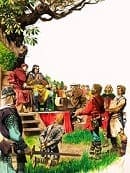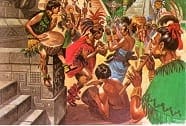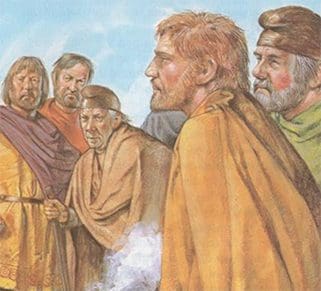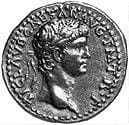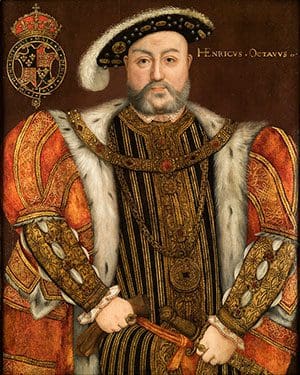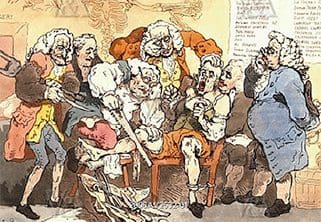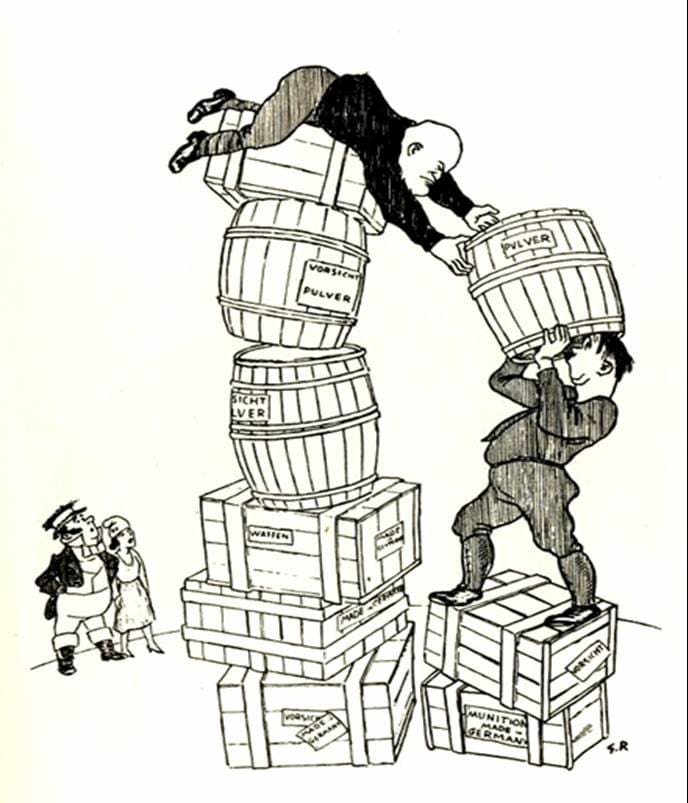
At what point did Mussolini seem to side more with Germany than with Britain or France?
Students arrive at the lesson having familiarised themselves with key events of Mussolini’s foreign policy which is checked with a quick sequencing task which is turned into two living graphs to show Italy’s changing relationship with both Germany on the one hand and Britain and France on the other. Their graphs are then compared with experts’ examples. The lesson finishes with students arguing the case for and against two propositions which they summarise in a minute paper.
Overall, the lesson is designed to provide an overview and to raise issues for further investigation in subsequent lessons.
Learning objectives
- Students consolidate their understanding of the key aims of Mussolini’s foreign policy and the key events that shed light on it
- Students analyse the key turning points in Mussolini’s foreign policy
- Students are able to show how the changing relationship with Britain and France compared with that of Germany
- Students are able to arrive at a substantiated judgement about the date at which Mussolini seemed to be following Hitler’s lead.
Prior reading: Students will have been given a copy of the required reading and listening:
One day as a lion? Mussolini and the expansion of Fascist Italy. 20th Century History review ( Philip Allan)
The History Faculty podcast (downloadable as MP3/MP4 files) last about 45 minutes. Lecture delivered by John Gooch of Leeds University. Clear and chronological so easy to follow. Sets up clear narrative underpinned by analysis comparing Mussolini attitude to France with his relationship with Hitler, though there is nothing on the Stresa front and the main thrust of the argument is that
Starter
Without notes, students brainstorm the key events in Italian foreign policy, in 2 columns, those to do with Britain and France in one, those to do with Germany in the other. They have to recall this from the preparatory reading/listening set as inter-sessional homework.
Step 1
To consolidate this list and to add a chronological framework, students are given a set of undated foreign policy event cards spanning the period 1922-41 which they have to sequence accurately. Some students will need to refer to their notes/text book to provide the accuracy required. All should see the importance of having a secure understanding of the chronology of events at this stage in the lesson
Step 2
At this stage the learning goes much deeper. Students are challenged to represent the events not as a linear timeline but as a living graph, showing the changing attitude of Italy to Britain and France, and Germany. For those who are unsure what living graphs look like, quickly show PowerPoint slide 4 as a model, but then remove so that students don’t become reliant on it.
Step 3
Now ask students, working in a group of 4 to create their own living graphs like the ones they’ve briefly seen, moving the event cards they have just sequenced up and down the table. One pair does the living graph for Britain and France the other for Germany. Arguably more able students should be challenged to look at Britain and France as this is often more subtle. To support their thinking students are issued with copies of Michelle Hannah’s Modern History Review article (see item 1 Reading list below) which succinctly and accessibly summarises the key events in chronological order. The article also offers a viewpoint which students may not always agree with. Students should be encouraged to debate the author’s judgement, not just accept it. The exercise of creating their own version of a living graph is one of interpretation after all. This point is further emphasised when students compare their versions of the living graph with each others’ and with another historians.
Step 4
If you feel that students need a little help with the process of creating their graph, model your own thought process using slides 5,6,7 and 8. These show examples of the relationship between Hitler and Mussolini.
Step 5
This is where we return to the original exemplar living graphs created in the Access to History book by Robson, PowerPoint slide 4. Students look at areas of disagreement and discuss. Now return to the original question. At which point does Mussolini seem to turn more to Germany than to Britain and France? With the living graph displayed in front of them they can make informed judgements. Because they have created the graph shape themselves they are likely to remember this better than if they had simply made notes from a textbook.
Step 6
By this stage students should have developed a clear overview of the main events of Mussolini’s foreign policy which are going to be explored in more detail over the next couple of lessons. To conclude the lesson, students are introduced to the sorts of questions that historians ask about Mussolini’s foreign policy. There are provided as Resource sheet 2 and should be printed onto card. Students work in pairs and have to pick one of the 6 cards each, offered dramatically as if selecting a card for a card trick. They have 5 minutes to think how they would answer this question and then, when you say GO and they have just 60 seconds to write a minute paper as a direct answer to their question- as if it were the conclusion to an exam answer. When finished each person in the pairs exchanges their answer, makes any changes they want to make, and then read them out aloud –if time. This pair peer review is helpful for some students as it gives them confidence before talking to the whole class. Please note that this lesson and the minute paper concluding activity is designed as much to show students what they still need to find out as it is to provide a full answer.
Resources
![]() Italian foreign policy event cards
Italian foreign policy event cards![]() Italian foreign policy questions
Italian foreign policy questions
Reading
Articles
1. Mussolini: Diplomatic dictator? Michelle Hannah 20th century History Review
2. Italy: Rise of Fascism: 1915-45, Mark Robson, Access to history Hodder and Stoughton
3. One day as a lion? Mussolini and the expansion of Fascist Italy. 20th Century History review ( Philip Allan updates, September
4. Mussolini’s foreign policy Podcast History Faculty podcast.
5. Students might also benefit from reading Russell Tarr’s article in History Today for November comparing Mussolini’s with Hitler’s foreign policy. Here is just a flavour of the points he makes:
“The refusal of the French and British to support his aggression had a great deal to do with Mussolini’s subsequent decision to pull out of the League of Nations and to realign Italy as an ally of Germany. He also quotes Richard Lamb, saying “ Mussolini aligned Italian foreign policy with Britain’s until the Abyssinian war of 1935”.
Books
6. Mussolini Bosworth R, (2002), Arnold
7. Italy; Liberalism and Fascism 1870-1945 Robson M, Access to History Hodder and Stoughton( 2000)
8. Mussolini and Italy Townley E, Heinemann
9. Fascist Italy Whittam J, 1995, Manchester University Press.

